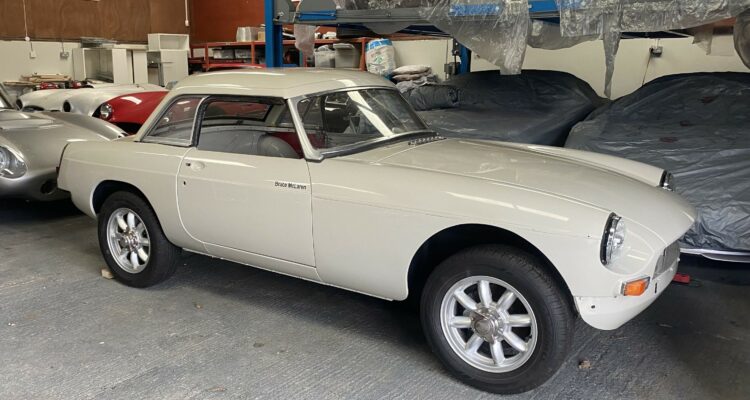The Art of the Build
During the early days of the car, and before mass-production became the norm, buying a high-end vehicle was a different affair altogether. Limited only by your imagination, you could ask a coachbuilder to bring your wildest automotive fantasies to life.
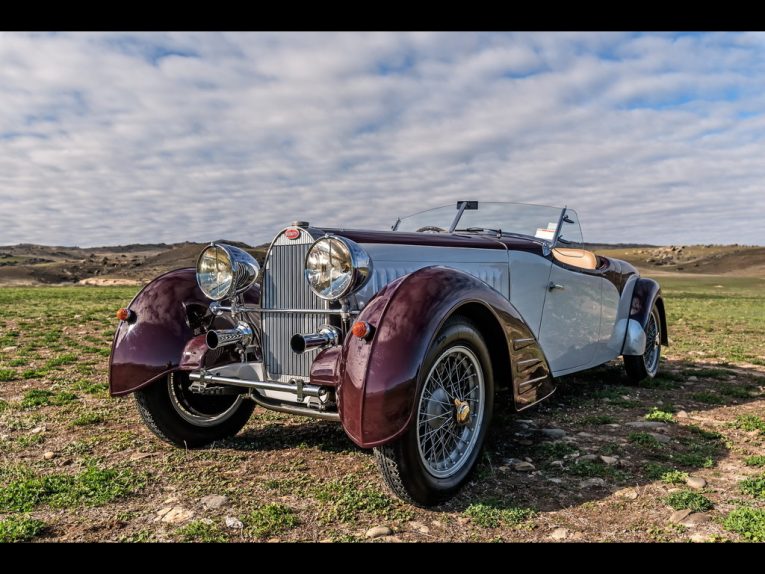
The modern automotive landscape is one of mass-production and big numbers. Cars need to sell in big enough units to warrant the exorbitant cost of setting up production. For example, making a buck or jig for a door can run into tens of thousands of pounds. And once that’s done, the same cars have to be built efficiently and in a cost-effective way. They have to pay for themselves, but also the production costs. This is the same for Ford as it is for a Ferrari, generally speaking.
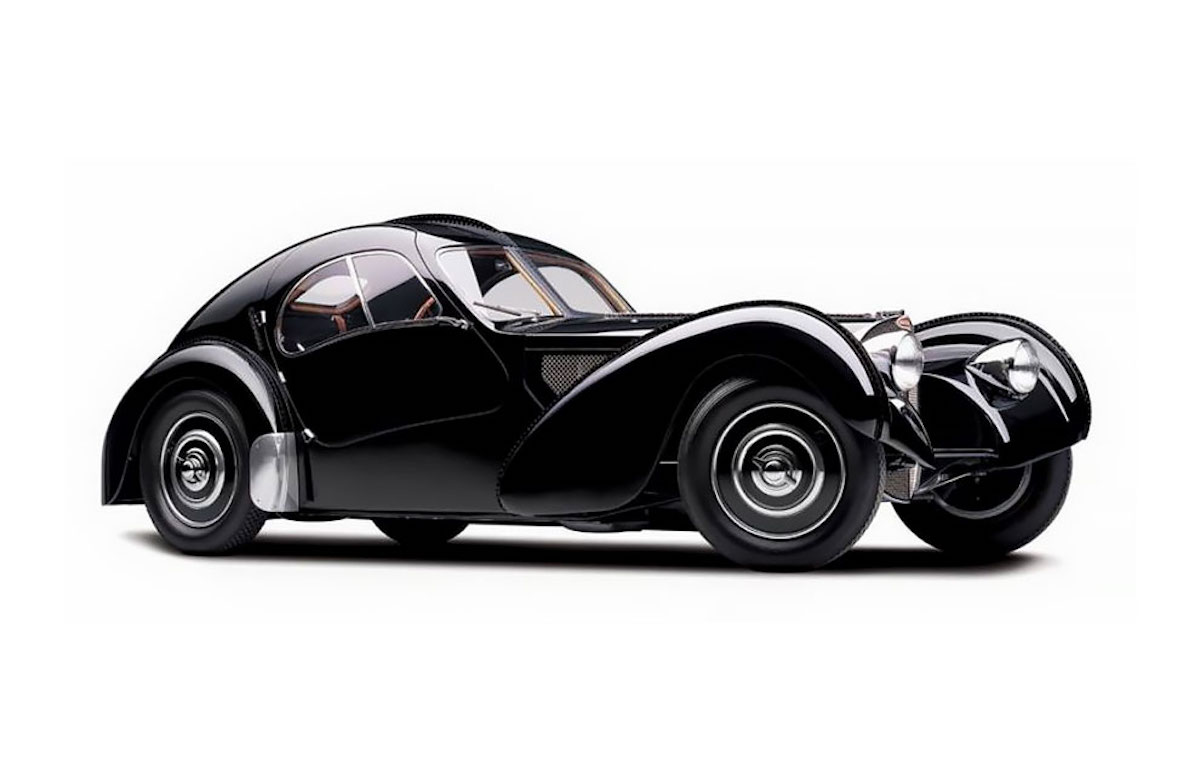
Bugatti Type 57SC Atlantic Coupe
Manufacturers these days have little interest in building single, bespoke cars. There are exceptions of course, like Morgan for example, and Rolls Royce will build you what you like within reason. Back in the day, however, when the car was a relatively new affair, assembly lines weren’t really a thing for the high-end market. Sure, the Ford Model T was built on an assembly line, but remember, you couldn’t even choose the colour. If you wanted to exercise your creative license there was only one option; hire a coachbuilder.
As the name would suggest, the tradition of coachbuilding stems from, unsurprisingly, the art of building coaches. But not in the ‘holiday to Butlins’ sense. More in the ‘horse-drawn, carry royals and dignitaries’ sense. Before the car, the horse and carriage was the way to get around, and given the journeys were often incredibly long, the carriages in question had to be supremely luxurious. Featuring bespoke work, satisfying even the most elaborate of requests, it was all in a day’s work for a coachbuilder.
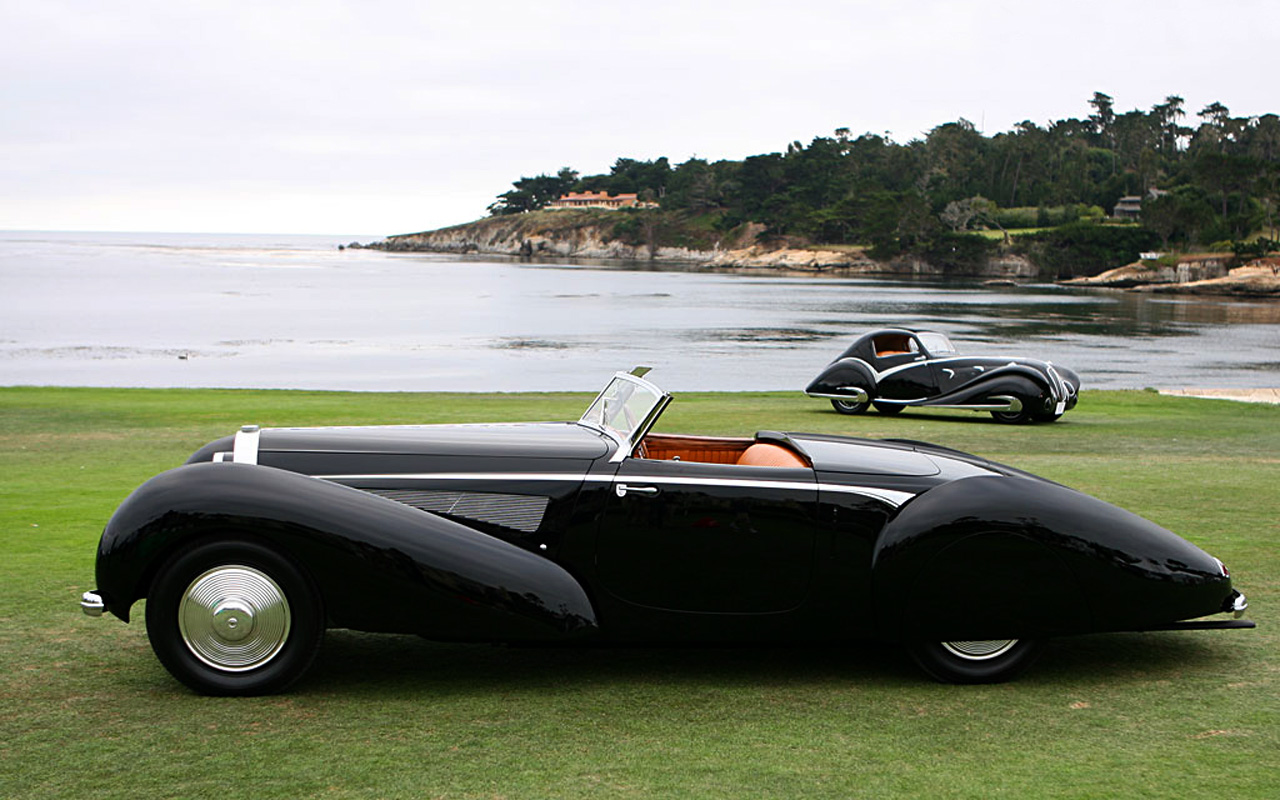
Bugatti Atalante
Of course, when the car came along and mobilised the people, carriages became dramatically less popular. Normally you’d be right to assume that this new-found passion for cars would be the final nail in the coachbuilder’s coffin. However, that’s not the case.
While mass-production was indeed popularising the car, it wasn’t doing so to the detriment of coachbuilders. See, they were a savvy, adaptable bunch, so when the horse-drawn side of things started to dry up, they instead offered their services to the automotive industry. And this was a clever move, because for high-end brands like Bugatti, Bentley and Rolls Royce, it was the only way to get their cars bodied. Customers didn’t buy a complete car from these brands, they bought a rolling chassis. The only identifying part was usually the radiator.
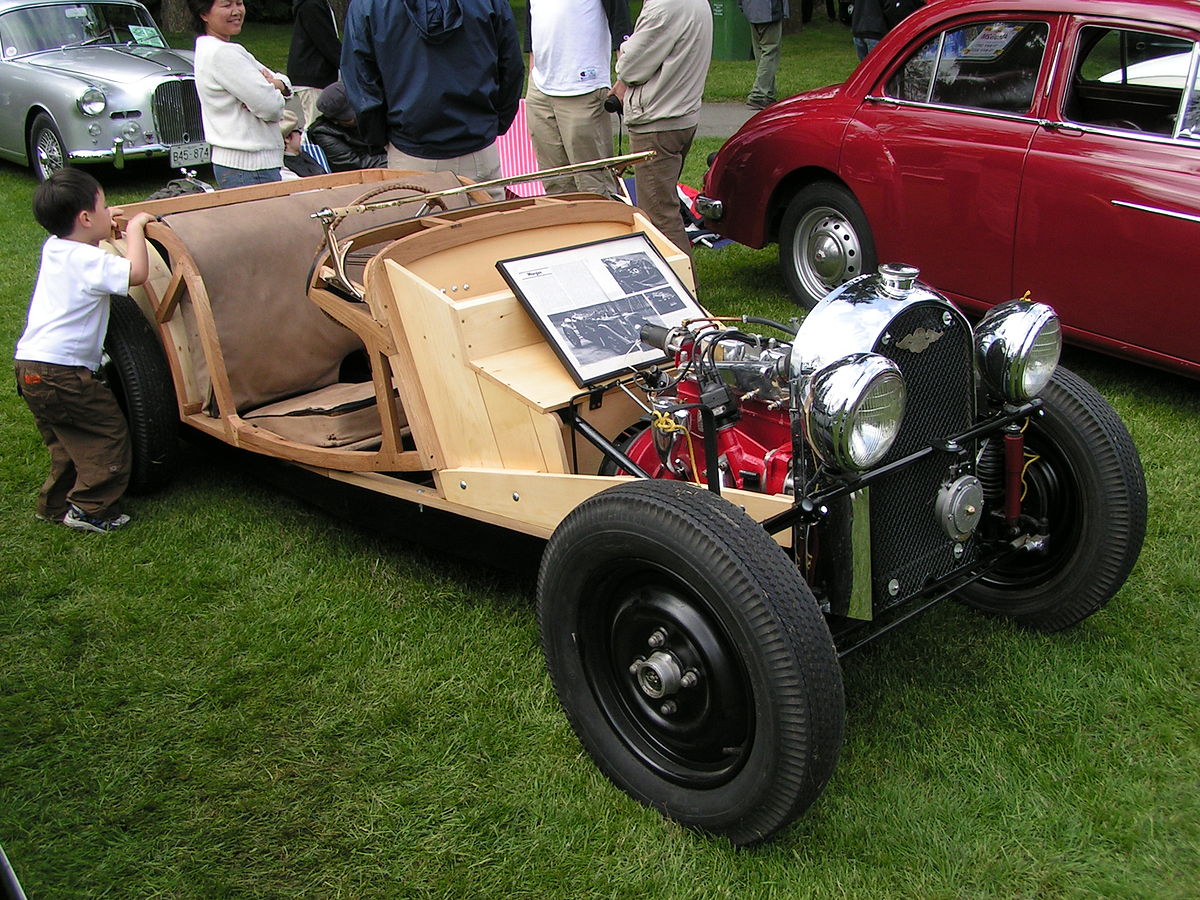
Morgan 4/4 ash frame
The skills were largely transferable – the key medium, wood, was still being used to construct the body frames. So why not? The luxury brands hadn’t set up to just sell rolling chassis though. They did have their own sourced coachbuilders. However, the leap from horse to the car also brought with it a rich, diverse talent pool, within which every coachbuilder was willing to push their expertise in a bid to be seen as the best. In fact, at coachbuilding’s height in the 1920s and 1930s, there were more coachbuilding companies than manufacturers.
Coachbuilding became a fierce industry. Firstly, there were the manufacturers. When producing a new chassis, it wasn’t uncommon for a manufacturer to then commission a coachbuilder to build a limited run of bodies to its own specification. A case in point would be the Delahaye cars. Delahaye didn’t have an in-house coachbuilder, so instead the chassis were built and Delahaye employed the likes of Figoni et Falaschi, Chapron, Letourneur et Marchand, and Saoutchik to build the bodies.
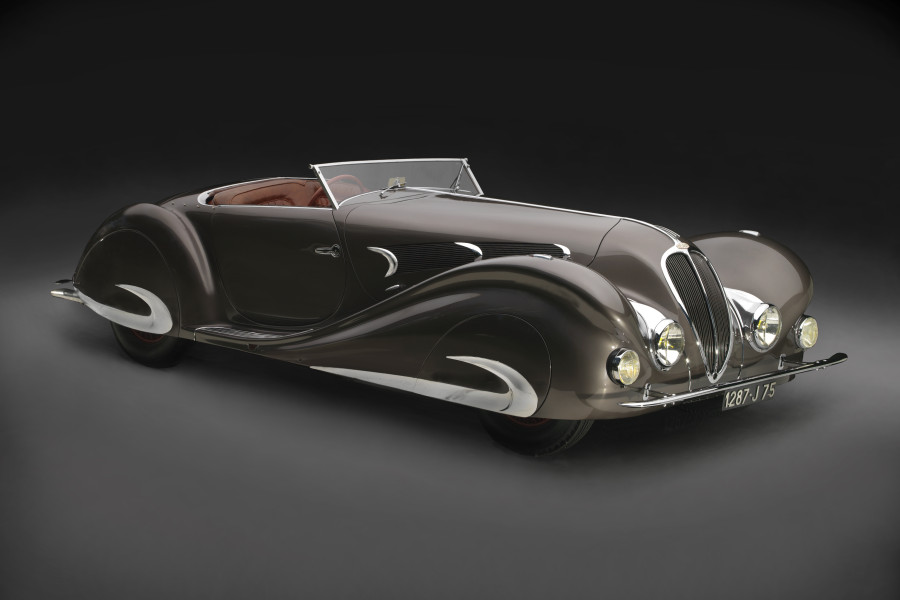
Delahaye Type 135 MS Special
The choice for vehicle manufacturers was simply staggering. If one builder declined a project, more fool them, as there would be five more waiting in the wings to happily take on the work. But it wasn’t just an exercise in grabbing work on the part of the coachbuilders. The rich competition within the industry led to more and more elaborate and intricate designs being produced. This was the beauty of coachbuilding. A mass-produced car had to be built to a cost, whereas a coach-built car was created with the sole intention of bringing someone’s vision to life, no matter how outlandish that vision may have been. This led to incredible cars like the Sodomka Aero 3 Coupe, the Alfa Romeo 6C 2500 Cabriolet Pininfarina Speziale and the Gangloff Bugatti Type 27. Cars that took an idea, a sketch, and brought it to life.
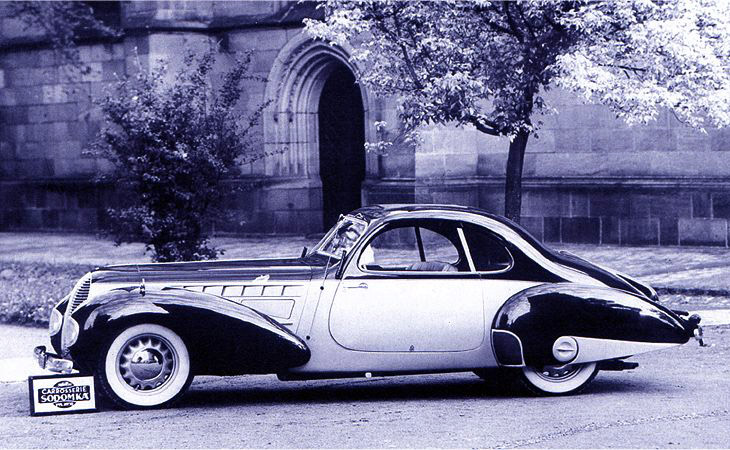
Sodomka Aero 30 Coupe 1936
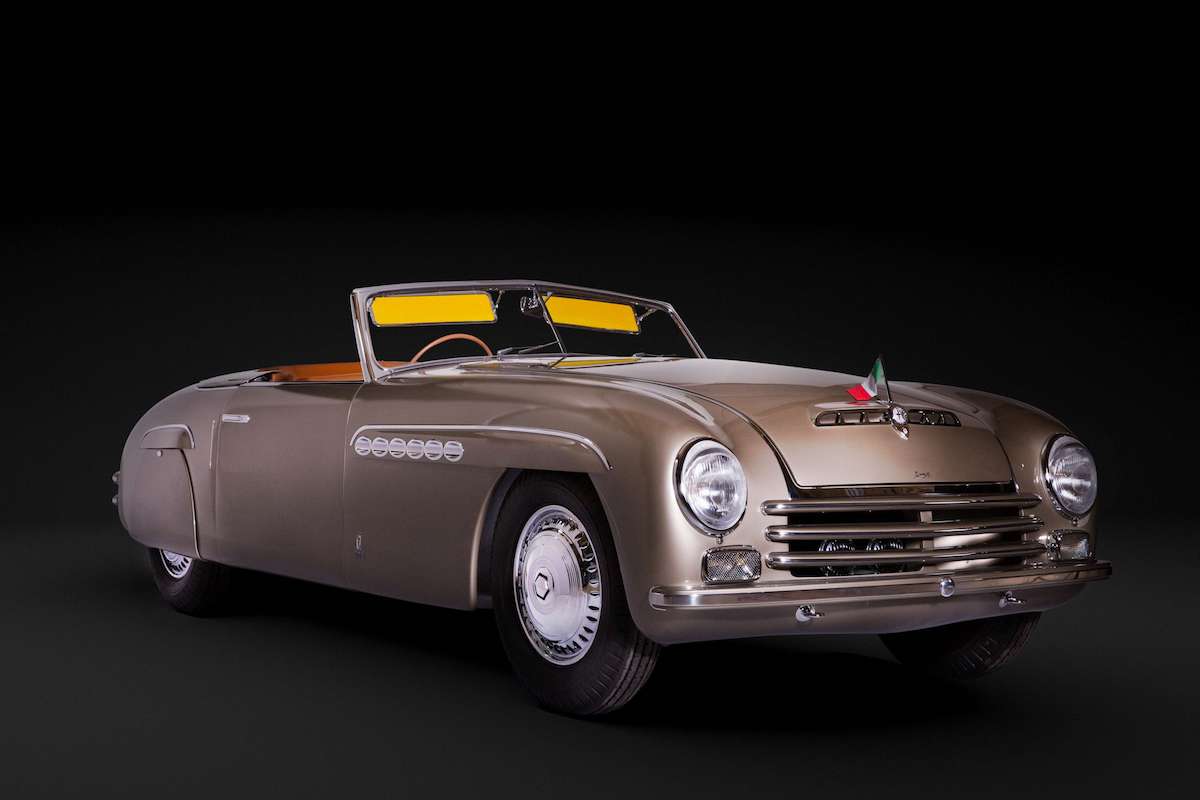
Alfa Romeo 6C 2500 Cabriolet Pininfarina Speziale
The heyday for coachbuilding was before World War 2. During the war, many of the European coachbuilders ground to a halt, as they were either in territories directly affected by conflict, or they were further afield but had to contribute to the war effort. Also in that time, Henry Ford was perfecting his assembly line car building method and other manufacturers were taking note. It was more cost effective for starters. And while initially, the high-end brands had been reluctant to adopt this new way of building cars, they soon conceded that even for them, a degree of mass-production was the right plan of attack. As such, when the war ended, many switched to assembly lines and in-house design teams. The coachbuilders, much like when horse-drawn carriages were falling out of favour, had to adapt if they wanted to survive.
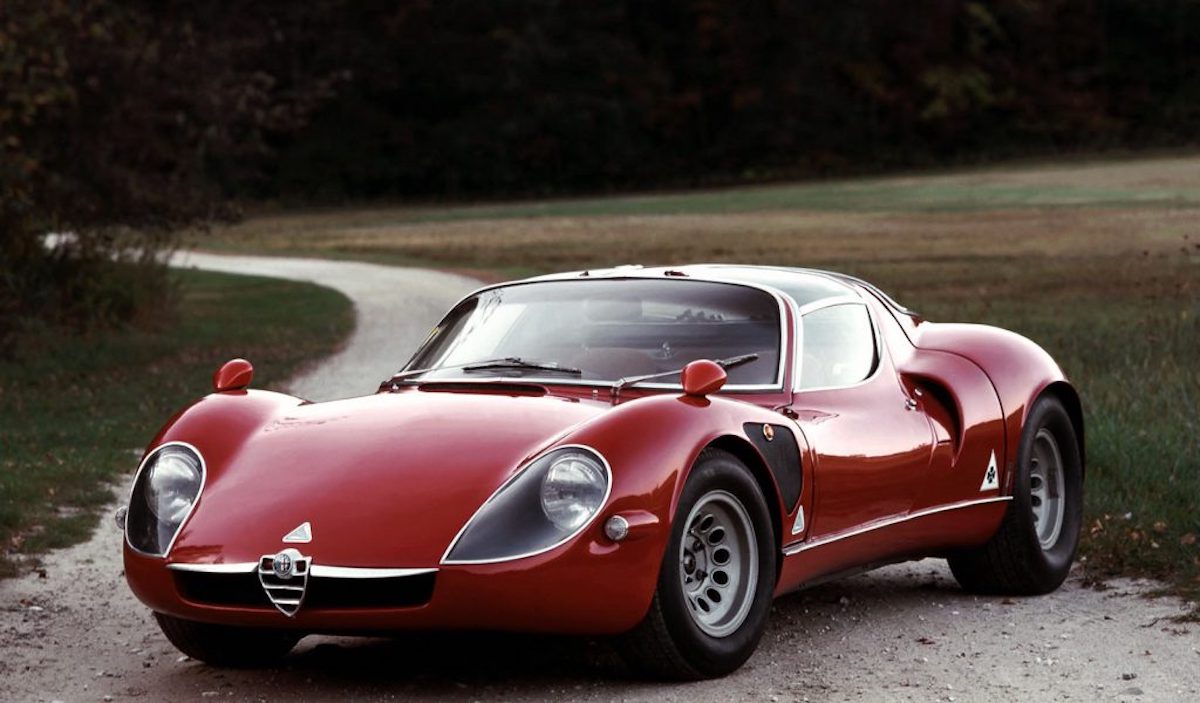
Alfa Romeo Tipo 33 Stradale 1967 Franco Scaglione
The reality is that from 1945 on, a lot of them didn’t. Many coachbuilders faced bankruptcy. Others were luckier and saw themselves being bought out by the car manufacturers to be brought in-house. The others diversified in a desperate bid to roll with the times. Some, like Karmann, shifted focus to one area – cabriolet conversions, for example. Others set up as design consultants with the ability to produce limited run vehicles as required. A case in point would be Zegato, or Pininfarina. Both of which are still operational today.
There were some coachbuilders that managed to weather all the changes the automotive world was throwing at them, and in the late ’40s through to the early ‘60s, they could keep building cars in the traditional way. However, the global shift to unibody or monocoque construction, in which the chassis is integral to the body, soon put paid to their efforts.
Without a steady influx of rolling chassis on which to build, the work soon evaporated. Again, many faced bankruptcy while others switched to restoration work.

Disco Volante, Alfa Romeo, 8C
Today’s automotive landscape still has coachbuilders, of course, but the art has changed dramatically from what it once was. Not only are they limited by the construction of modern cars, they’re also hindered by contemporary safety standards that dictate the positioning of a lot of exterior elements. Yet still they continue, as cars like the incredible Alfa Romeo 8C-based Disco Volante, or the Brobdingnagian Rolls Royce Sweptail serve to prove.
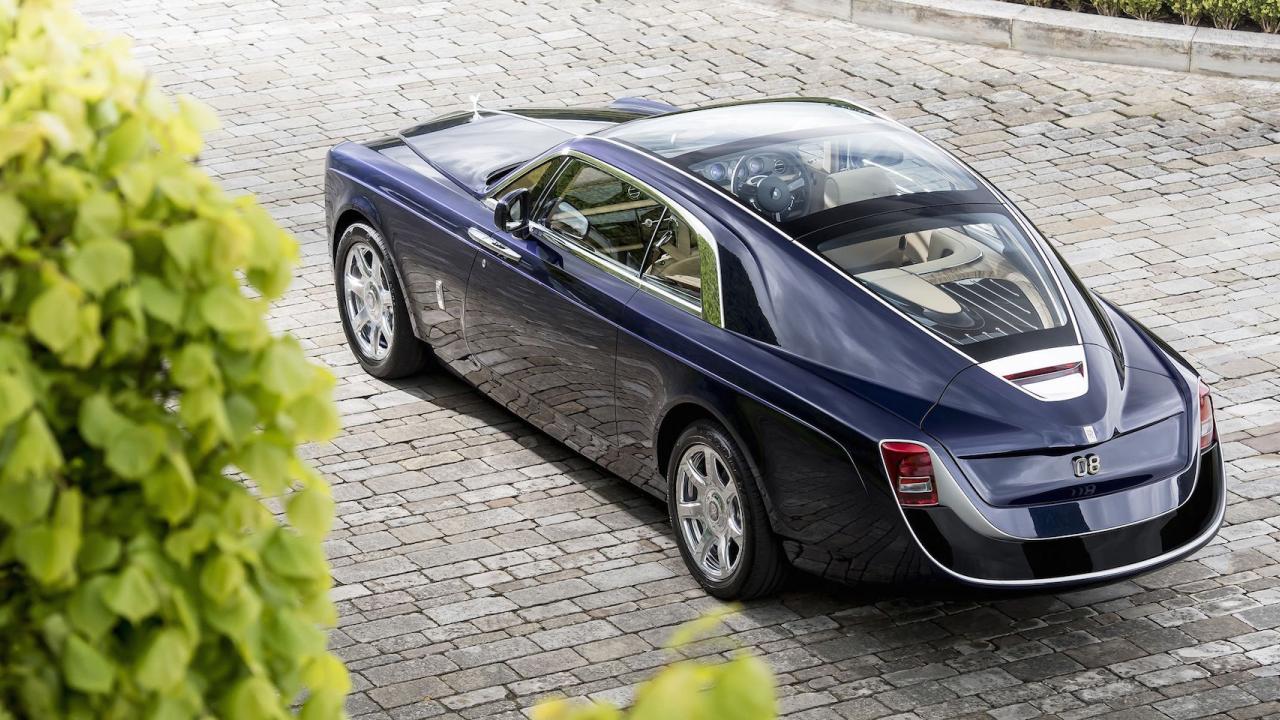
Rolls Royce Sweptail
Coachbuilding is still an art form we can observe today. Yes, the term has been diluted by a seemingly endless number of restoration garages using the word, but in its purest sense, it’s still here. It’s not as common, but it is just as special as it’s ever been. These artisan car-makers have faced massive changes and challenges over the decades, but still they shine through, adapt and work their magic. But then again, for skill so laden with passion and pride and uniqueness, would you expect anything less?

